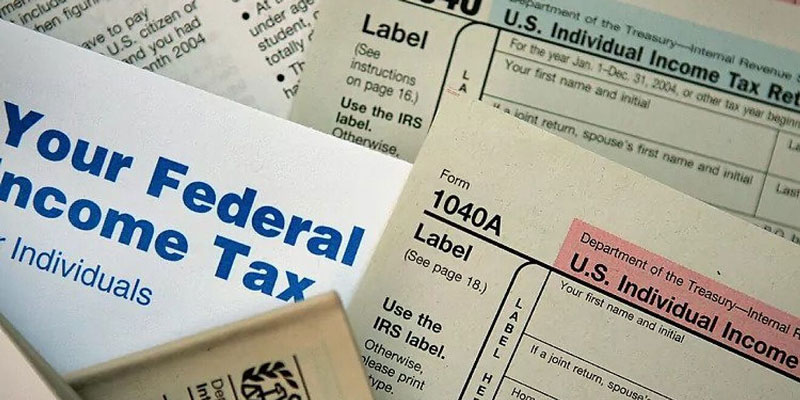What is Average Student Loan Payment
Susan Kelly
Jan 20, 2024
Due to the Pandemic, federal student loan payments have been suspended since March 2020, giving many borrowers an exemption from monthly payments. However, this break will end later this year.
Every year the Federal Reserve publishes its report data on the "Economic Well-being of U.S. Households," a study of the financial situation and economic security of hundreds of thousands of adults. According to the 2019 report, the average monthly loan payment made by student debtors who were repaying their debts ranged from $200 to $299.
The 2016 study, published in 2017, provided more precise data: It revealed that the typical monthly payment was $222 and that the typical monthly student loan expense for those who regularly made payments was $393.
There are various ways to calculate how much you'll pay when you initially borrow, and you can adjust your payments if you want to pay off your loans or save money more quickly. Here's what you should know.
When will Student Loan Payments Resume

The Department of Education suspended student loan payments and interest on loans until Oct 1, 2021, in response to COVID-19. No one exactly knows when student loan payments will resume. The Education Department's decision left the expiration date of forbearance uncertain, depending on when the Supreme Court will rule on the legal objections to Biden's student debt reduction plan.
If the Supreme Court decides the case before Jun 30, 2023
If the Supreme Court decides on Biden's student debt relief plan before Jun 30, borrowers with remaining balances must begin repaying loans 60 days after the court's ruling. In that case, interest will also begin accruing again then.
If the Supreme Court doesn't decide the case before Jun 30, 2023
The forbearance period will terminate if the Supreme Court does not rule on Biden's debt reduction plan by Jun 30. Thus, borrowers will have to start repaying loans after Jun 30.
How are Student Loan Payments Calculated

Student loan payments depend on many factors, such as loan amount, repayment period, interest rate, or loan length. Your loan payments will be higher after graduation, depending on how much money you borrow to cover your education expenses. Higher interest rates will result in higher monthly loan payments and vice versa. If you choose a shorter payback period, you can pay off your debts quickly, but your monthly loan payments will be higher.
However, the procedure of getting and repaying student loans is significantly more complicated than these factors. Your student loan payments may increase if you get a graduate degree, but your lifetime income potential can increase. Even if you choose a public university within your state, saving money for monthly payments can be difficult due to escalating tuition costs. The following important educational decisions could affect your student loan payments.
How to Calculate Student Loan Payments
Determining how much you'll contribute each month to your student loan debt after graduation will help you decide where to go for education or whether to pursue a graduate degree. Here's how to estimate your upcoming student loan payments.
Calculate How much money you'll need to borrow
Calculating your student loan payments requires an essential but difficult step: estimating the college expense. By completing the FAFSA, or Free Application for Federal Student Aid, you can determine the complete tuition fee for a particular college. Colleges will use this form to determine your eligibility for federal student loans, grants, and work-study programs, which can lower the amount you need to borrow.
Additionally, universities must provide students access to a net tuition calculator that includes frequently neglected costs like transportation and textbooks in its cost estimate.
Calculate your expected interest rate.
The typical interest rate on federally direct loans for college students during the previous four years has been close to 4%. The typical interest rate at the time was 6.55% for additional loan borrowers and 5.55% for professional or graduate students.
Calculating your interest rate may be more difficult if you need to get private student loans to fill the gap in your education funding. This is because the rates for these loans vary based on the borrower. Many private lenders, however, allow you to prequalify to check your anticipated rate using a soft credit check that has no negative effects on your credit report.
Use Student Loan Payment Calculator
You can determine your monthly payments using a loan calculation tool the Department of Education provides based on your expected loan amount, degree type, and payback schedule. This is a useful tool. To obtain an estimate of the program's potential cost, enter the name and location of a university. The tool may also calculate your eligibility for programs like Public Service Loan Forgiveness, or PSLF, and the best repayment option.
Plan your repayment strategy now
Start getting ready for payback immediately, irrespective of how you manage the remaining forbearance time. If the Supreme Court decides on Biden's debt reduction plan before Jun 30, the delay might expire earlier.
"Practice making student loan payments now," advises Kristen Ahlenius, education director at Your Money Line, a business that promotes financial wellness in the workplace. "Take the amount you would pay towards your student loans, add to your emergency fund, or use the money to settle other debts. In the interim, you'll strengthen your financial situation while being ready if student loan forgiveness is still denied.







